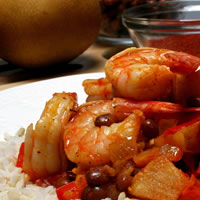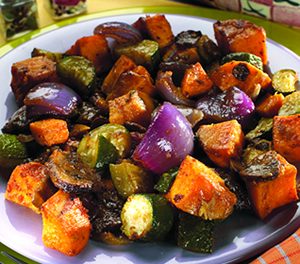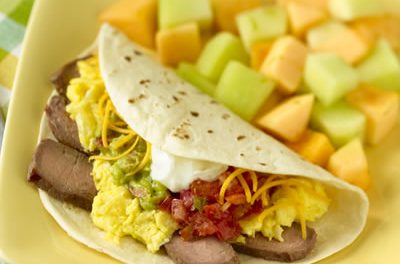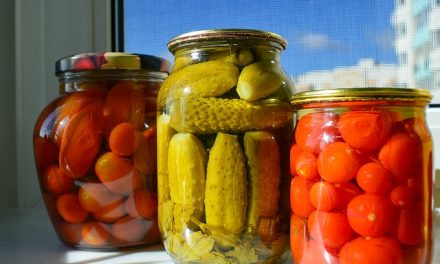There was once a time when fusion simply meant the combining of two or more things into one. Today, "fusion cooking," the marrying of ingredients and techniques from different culinary cultures, is featured in many restaurants as if it were a new phenomenon.
But, historically speaking, fusion cooking has been going on since Western traders first traveled the Silk Route to China and colonialism met local culture across the East, Africa and in the Americas.
In America's colonial era, British settlers used Indian corn when traditional ingredients were scarce to make the English dishes they were accustomed to, a strategy Pilgrims no doubt thought of as "making do," not an innovative culinary technique. Louisiana's Creole cuisine, a blend of French and Spanish cooking and local ingredients often those brought from Africa via the Caribbean might arguably be considered the first fusion cooking in America to establish an independent and sophisticated culinary invention.
Immigrants from around the globe have contributed new prepared foods, leading to cross-fertilization of ideas on how to combine ingredients and adapt new techniques in cooking, baking and roasting. And an upsurge in international travel after World War II introduced American tourists to new cuisines.
Although fusion cooking as a marketing concept made a big media splash in the 1970s when French chefs began using Asian ingredients, the globalization of food products has allowed American cooks to use new foods in preparing familiar dishes. Today, fusion cooking is so common we do it at home.
Americans who have never traveled to Japan might use imported panko, Japanese breadcrumbs, to achieve a crispier texture for breaded meats in Western dishes. A European-style sauce may include chipotle chile to add a smoky nuance. Some ingredients, such as soy sauce, have become so popularized they are now as common and accepted as ketchup, which we think of as "pure American" but in fact started out as a Malay fish sauce.
This shrimp saut�, using chipotle chile, Asian pear, and annatto, a frequent flavoring in Hispanic dishes, is a fusion dish you can easily make in the kitchen. (Paprika can replace the annatto, if desired.)
Shrimp with Asian Pear, Red Peppers and Peas
Makes 4 servings.
Ingredients
- 2 Tbsp. canola oil
- 2 tsp. annatto seeds or 1 tsp. ground*
- 1 medium onion, chopped
- 1 red bell pepper, cored and diced
- 1 medium Asian pear, cored and diced
- 3/4 lb. medium or small shrimp, shelled
- 1 Tbsp. tomato paste
- 1/4 tsp. ground chipotle chile, or 1/2 canned
- 1 tsp. salt
- 1/3 cup orange juice
- 1 cup pigeon or cow peas, canned or frozen
Directions
- In a small saucepan, heat the oil and annatto over medium heat until the oil is deep orange, 4-5 minutes. Finely strain the oil into a small bowl. Discard the annatto seeds.
- Heat 1 Tbsp. of the annatto-flavored canola oil, in a large skillet over medium-high heat. Saut� the onion until translucent, 4 minutes. Add the pepper and Asian pear. Saut� 3 minutes. Add the shrimp and cook, stirring, until they are red, about 3 minutes. Mix in the tomato paste, chipotle, the paprika, if using, salt, orange juice and peas. Cook until shrimp are opaque in the center, 3 to 5 minutes. Serve, accompanied by brown rice.
*If you cannot find annatto, substitute 1 tsp. ground paprika.
Nutritional Information Per Serving (1/4 of recipe):
248 calories, 9 g. total fat (less than 1 g. saturated fat), 21 g. carbohydrate, 22 g. protein, 4 g. dietary fiber, 311 mg. sodium.
Diabetic Exchanges: 3 Medium-Fat Meat, 2 Fruit, 1 Vegetable
AICR











